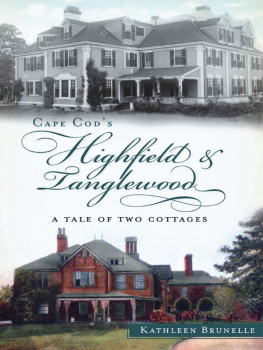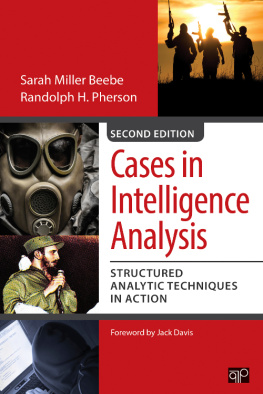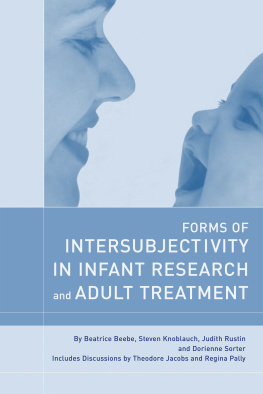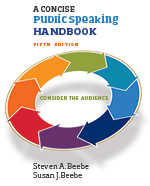INTRODUCTORY.
Table of Contents
It can hardly be said that a town of a population of three thousand six hundred and fifty-two souls, dating back but about twenty years to its first rude tenement and solitary family, can have any history. The events of any public interest are so few, and their importance so small, that no reasonable hope can be entertained that their recital will be any thing but a matter of indifference to others than the present or former residents, or those connected with them by ties of consanguinity, or having an interest in its advancement and prosperity. It is true that at some future time, the record may be useful to the historian, if it should be so fortunate as to survive. The statistics have been collected with care and considerable labor, and are believed to be correct and reliable. Beyond this the writer claims no merit for the work. The anecdotes and events related, not strictly statistical, have all transpired under his personal observation and knowledge, during a residence dating back to the embryo town.
Most persons who have had the temerity to undertake the relation of cotemporary events, and to speak of cotemporary actors, have received more kicks than coppers for their pains. How far the writer will escape their general fate remains to be seen. Knowing the dangerous ground whereon he was treading, he has endeavored to confine himself to the simple relation of undisputed facts, abstaining from all comments and speculation thereon. He has not set himself up as a public censor or a public eulogist. It is not to be supposed that he has been without partisan and prejudiced views of public questions. These he has endeavored to suppress and to "render unto Csar the things which are Csars." Nor has he undertaken to draw a rose colored picture for the benefit of Eastern Capitalists, or those seeking a home in the westto throw bait to Gudgeons.In fact, it will be admitted, that his picture is of the soberest and dullest kind of grey. Would that it could be here and there touched with lighter and more cheerful hues; but truth is inexorable, and demands the strictest loyalty from those who worship at her shrine.
The people of Peru may be a little curious to know why a person, whose pursuits in life have been hitherto very far removed from those of a writer for the public eye, should have undertaken a task for which previous practice and experience have so little qualified him. He begs to assure them that it was entirely an accidentno literary ambition prompted him at all. To be sure he had heard that
"'Tis pleasant sure to see one's name in print,
And a book's a book although there's nothing in't,"
but that was not it. Having a little leisure, he had undertaken to gather and condense some statistics of the town for the publisher of a Directory of La Salle County. Having commenced the task he became interested therein, and extended his researches and remarks to a length quite too formidable for their original purpose. But he resolved not to hide his light under a bushelhence the present infliction which he hopes will be borne with commendable fortitude.
CHAPTER I.
Table of Contents
Situation of the CityIts early Settlement and SettlersPassage of the Internal Improvement Act and Commencement of work on the Central Rail RoadElection of H. P. Woodworth to the LegislatureElection for Organization under the Borough ActFirst CensusFirst Election of TrusteesFirst Religious Meeting.
The City of Peru is situated in the Westerly part of La Salle County, Illinois, on the Northern bank of the Illinois River, at the head of Navigation, and at the Junction of the Illinois and Michigan Canal. Distance from Chicago 100 miles, and from Saint Louis 230. The territory embraced within the corporated limits, is Sec. 16 and 17, and all those fractional parts of 20 and 21, which lie north of the river, Town 33, Range 1, East of the Third Principal Meridian, comprising an area of 1462 Acres.
The settlement of the site occupied by this City was commenced in the Spring of 1836, shortly after the passage of the act incorporating the Illinois and Michigan Central, which was to terminate at or near the mouth of the Little Vermilion, on land owned by the State. It was probably the most eligible site on lands owned by individuals. The Southwest quarter of Sec. 16 was laid out and sold by the School Commissioners in 1834, and called Peru. Ninawa Addition, located on the South East quarter of Sec. 17, and the North East fractional part of 20, upon which the most business part of Peru is at present situated, was owned originally by Lyman D. Brewster, who died in the fall of 1835. It was plated and recorded in 1836, by Theron D. Brewster, at present a leading and influential citizen.
In 1835 the only residents of that portion of territory now occupied by the cities of Peru and La Salle were Lyman D. Brewster, his nephew T. D. Brewster , John Hays and family, Peltiah and Calvin Brewster , Samuel Lapsley and Burton Ayres. In the Spring of 1835, the first buildinga storewas erected in Peru by Ulysses Spaulding and H. L. Kinney , late of Central American notoriety. On the 4th July 1836, the first shovel full of earth was excavated upon the Canal. No considerable population was attracted to the town until 1837. Among the people who made this place their home in that and the following years, were Wm. Richardson , J. P. Judson , S. Lisle Smith and his brother Doctor Smith , Fletcher Webster , Daniel Townsend , P. Hall , James Mulford , James Myers , Wm. and Chas. Dresser , Harvey Wood , N. B. Bullock , Jesse Pugsley , Ezra McKinzie , Nathaniel and Isaac Abraham , J. P. Thompson , John Hoffman , C. H. Charles , Asa Mann , Lucius Rumrill , Cornelius Cahill , Cornelius Cokeley , David Dana , Zimri Lewis , Daniel McGin , S. W. Raymond , Geo. B. Martin , Wm. H. Davis , Geo. W. Holley , Geo. Low , M. Mott , F. Lebeau , A. Hyatt , Ward B. Burnett , O. C. Motley , Wm. Paul , H. P. Woodworth , H. S. Beebe , Harvey Leonard , &c.
On the 6th of December 1838 the inhabitants assembled at the tavern of Zimri Lewis , and organised a meeting by the appointment of H. S. Beebe , Chairman, and J. B. Judson , Secretary, and voted to take the preliminary steps for organizing the town as a borough under the general Incorporation Act. At a census taken the same month there were found to be within the limits proposed to be embraced in the Borough, to wit: The South half of Section 16, the South East quarter of Section 17, and all that part of Section 20 lying North of the riverabout one square mile.
| Males over 21 years of age | 175 |
| Females and minors | 251 |
| Total | 426 |
On the 15th of December an election was held to decide upon such organization with the following result.
| For organization | 40 |
| Against organization | 1 |
On the same day an election was held for Trustees which resulted in the election of M. Mott, F. Lebeau, C. H. Charles, Z. Lewis and O. C. Motley. The Board elected Z. Lewis, President; T. D. Brewster, Clerk; Z. Lewis, jr. Constable; and James Myers, Assessor. On the 1st of April 1839, O. C. Motley resigned and H. P. Woodworth was elected in his place. D. J. Townsend was afterwards appointed Street Commissioner.









